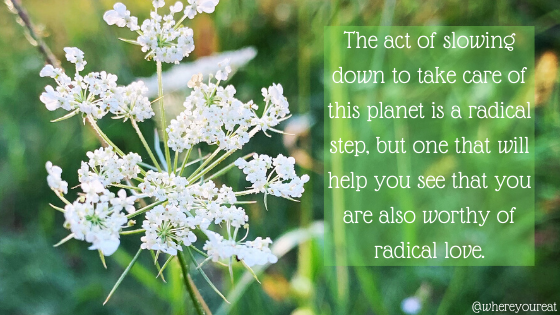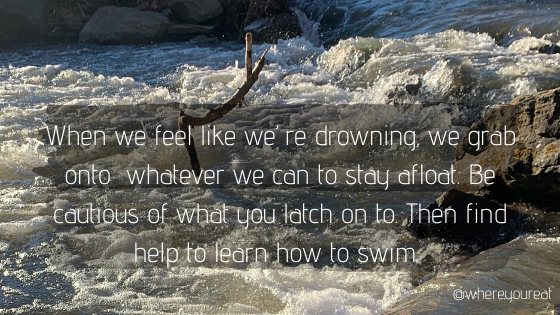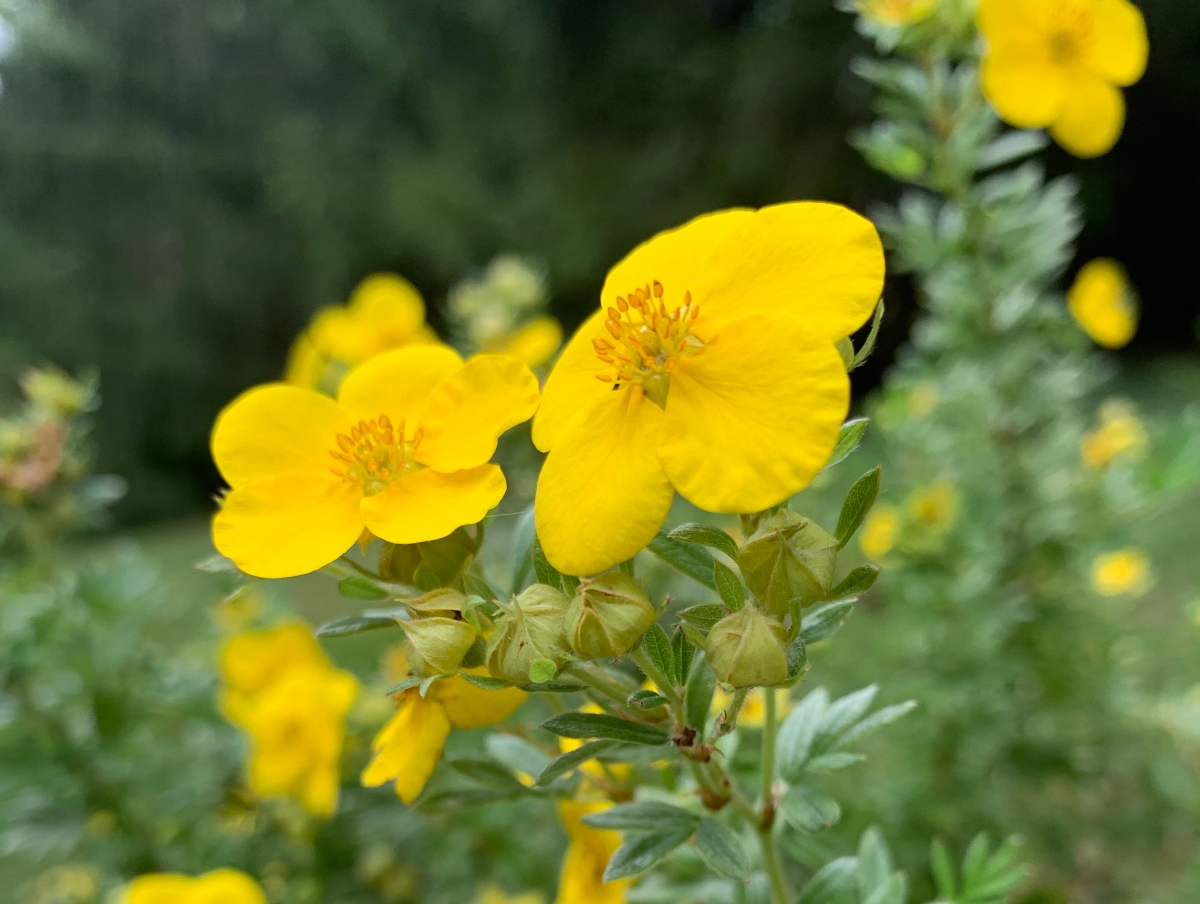Plants rule the Earth. They account for 80% of the total biomass on this planet, and we rely on them to survive in every way from food, to clothes, to building materials, to oxygen. A world without plants- well we wouldn’t exist without one. More than what they can do for us physically, we can learn from their unique behavior how to handle crises and adapt in the most extreme situations.
A few of the most inspirational plants:
- The Sensitive Plant: Technically titled Mimosa pudica, this plant physically responds to touch- immediately drawing in its leaves. While plants must move (they grow bigger over time) it’s usually at a rate too slow for people to see. This plant has made a claim to fame through its sensitivity and shyness. So if you are someone who is soft spoken, introverted, or intimidated, think of the sensitive plant. If there are plants out there who have social anxiety, it’s okay if you do too.

2. The Welwitschia: Native to Namib Desert in Namibia, is so important to the region it appears on the nation’s coat of arms. The welwitschia is a marvelous example to never give up in the face of adversity. This plant has two base leaves it keeps its entire life, and a tap root that runs deep into the desert ground to collect water. While it looks like nothing more than a squashed pile of leaves left to dry up in the sun, this plant can thrive for over 1000 years! The welwitschia teaches us to use our resource wisely. It is an inspiration to grow, even when people think you don’t have any reason to, or you appear too far gone already. You can always grow if you are willing utilize what you have. It doesn’t matter if your progress doesn’t look like progress to anyone one else. It doesn’t matter if your progress is slow and looks like a pile of dead leaves on the ground. A pile of leaves is more than a seed. And a pile of leaves that lasts for 1000 years is something extraordinary.

3. Sierra Redwoods: These massive trees once grew across the Northern Hemisphere, now only reside in an the Sierra Nevada Mountain Range out in California. The enormous redwoods grow so large because their lifespan is over 3000 years and they can grow relatively quickly under ideal conditions. To grow quickly they need a ton of water, which they obtain from the winter snow once it melts, and need loose, breathable soil for this process to occur. The redwoods teach us that the most wondrous, magnificent, beautiful, gigantic accomplishments in life are still delicate. They take a lot of work and special circumstances to thrive in the way they do. They also teach us that it’s okay to be fragile, even if you look big and tough. We all need our own kind of care and there is nothing wrong with that.

4. The Night Blooming Cereus: This member of the cactus family blooms only once a year and only at night. The moment day begins to break the following morning, the giant white petals begin to wilt and fall off. These cacti wait an entire year until the right time to burst and bloom. It takes a ton of energy from a plant to produce a flower. This “Queen of the Night” waits until the optimal time to bloom. The cooler temperatures prevent the plant from drying out while it produces its fragrant blossom, and the powerful smell attracts local pollinators to quickly get to work to produce the next generation of plants. When they aren’t in bloom, these cacti look lifeless and small, however most of their mass lies underground- they can weigh up to 150 pounds once their heavy root system factors in. The night blooming cereus teaches us that we do not always need to showcase our progress and accomplishments to the world. Work on our roots. Develop a strong system of support to not just survive, but thrive in desert conditions. No one needs to see or know. You are not on anyone’s timeline expect your own. People flock the deserts of Arizona to try and snap a picture of this blossom, but they have to wait until the flower is ready. Work with consistency and patience. Then when you are ready, bloom with all you’ve got.

Plants teach us a lot about survival. They adapt to insanely difficult terrain, and thrive in regions no other life could manage. They fuel our way of life. They can’t move or leave a difficult situation. They must bloom where they are planted. You can too. You can create beautiful, wonderful, fantastical things, right where you’re at.











